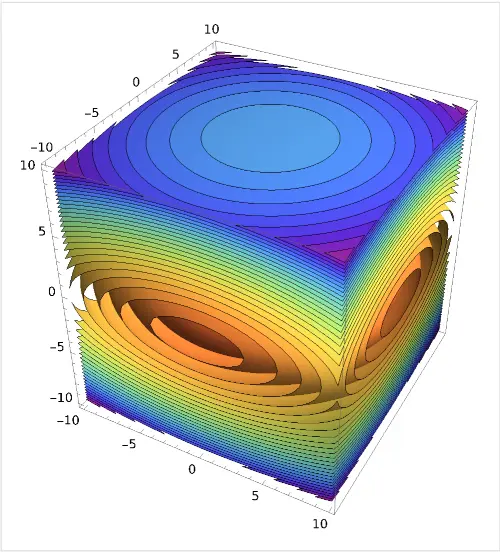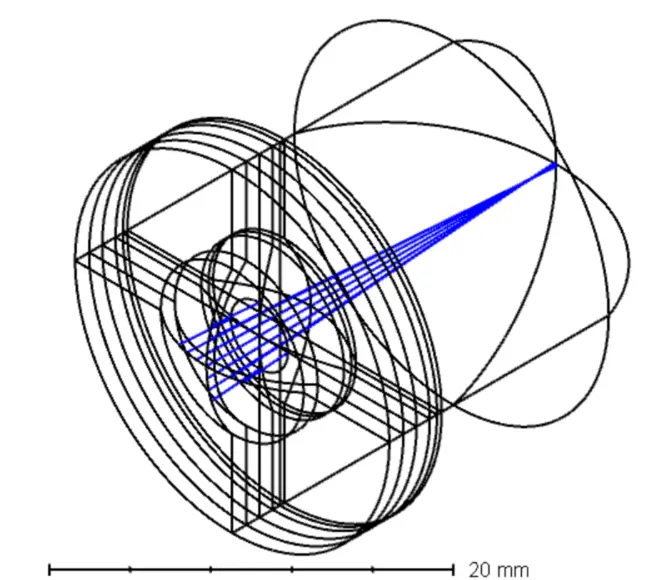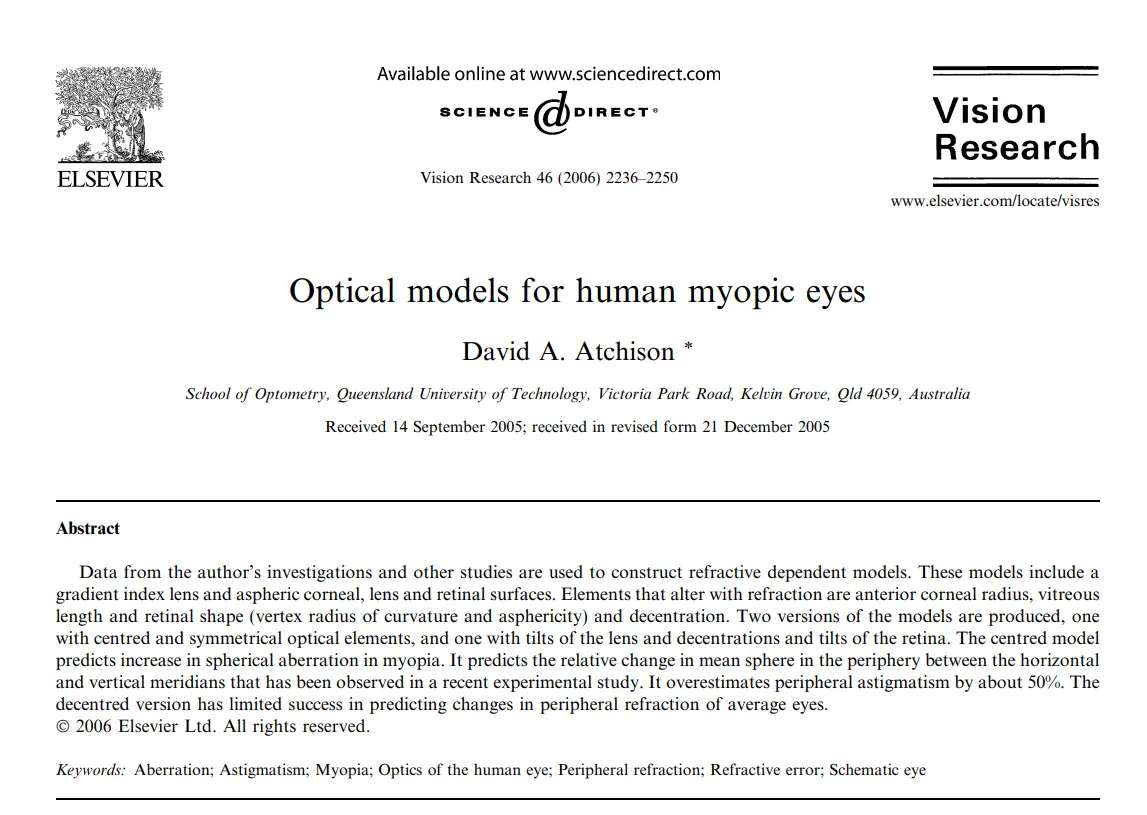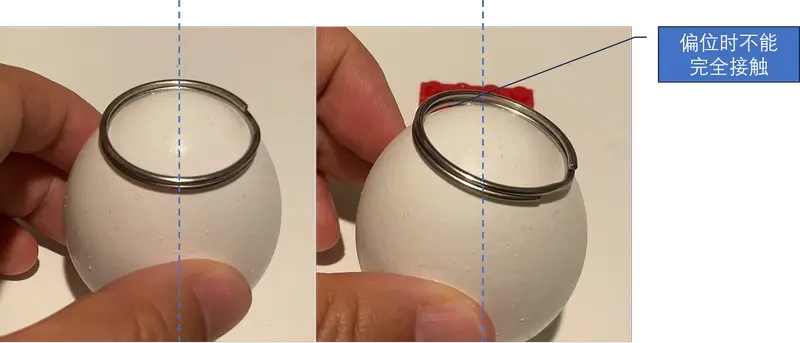接下来我们开始做一个复杂的结构,Atchsion模型眼。Atchsion模型眼是一个专门为近视眼设计的模型,按照不同的屈光度,角膜、眼轴、视网膜曲率半径等参数都会有所改变
我们按照这篇文献 https://pubmed.ncbi.nlm.nih.gov/16494919/ 来制作
Atchison DA. Optical models for human myopic eyes. Vision Res. 2006 Jul;46(14):2236-50. doi: 10.1016/j.visres.2006.01.004. Epub 2006 Feb 21. PMID: 16494919.
Atchison模型眼有两个版本,一个版本是旋转对称的,另一个版本是晶状体和视网膜有倾斜和偏心的,后一种超复杂,还是只做简单版本的。
参数
如果患者的屈光度是SR,那么各个曲面的参数如下:
| medium | Refractive index | Radius of curvature | Asphericity | Distance to next |
|---|---|---|---|---|
| Cornea | 1.376 | 7.77+0.022 * SR | -0.15 | 0.55 |
| Aqueous | 1.3374 | 6.4 | -0.275 | 3.15 |
| Anterior Lens | 1.371 + 0.652778 Z - 0.0226659 Z^2 - 0.0020399 (X^2 + Y^2) | 11.48 | -5 | 1.44 |
| Posterior Lens | 1.418 -0.0100737 Z^2 - 0.0020399 (X^2 + Y^2) | Inifinity | - | 2.16 |
| Vitreous | 1.336 | -5.9 | -2 | 16.28-0.299 * SR |
| Retina | R_Rx=-12.91- 0.094 * SR, R_Ry=-12.72+0.004 * SR | Q_Rx=0.27+0.026 * SR, Q_Ry=0.25+0.017 * SR |
Atchison模型眼中的各个面,基本上是标准非球面,由曲率半径和Q(conic)值决定。但晶状体内部的结构有点复杂,晶状体是变折射率的,折射率大致是这样的:

在zemax中需要使用Gradient 3这个面型。
而视网膜在两个方向上有不同的曲率半径和Q值,所以应当使用Biconic曲面。这个曲面也可以用来给散光面进行建模。
最终成品大致是这样的:







